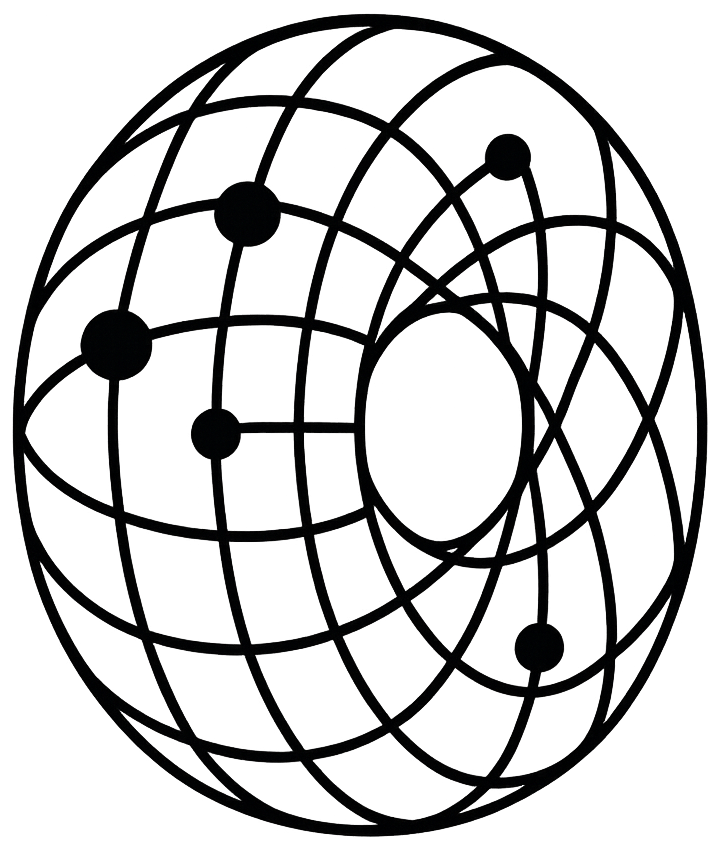Recent studies on gene therapy vectors for hemophilia have highlighted the varying effectiveness and risks associated with different AAV isotypes and gene constructs. Dosages ranging from 2 × 10^11 vector genome [vg]/kg to 6 × 10^13 vg/kg have been tested, showing significant reduction in bleeds for both hemophilia A and hemophilia B patients. Phase-1 trials focused on dose determination, while phase-3 trials included larger patient cohorts. Comparison of primary and secondary endpoints during an observation phase prior to gene therapy revealed a notable decrease in bleeds, ranging from 83.8% to 96%. This reduction was accompanied by a statistically significant decrease in the frequency and quantity of factor infusions. These findings emphasize the potential of gene therapy in improving outcomes for individuals with hemophilia, while also underscoring the importance of addressing variability in factor levels and optimizing treatment strategies.
Read more about this — here
